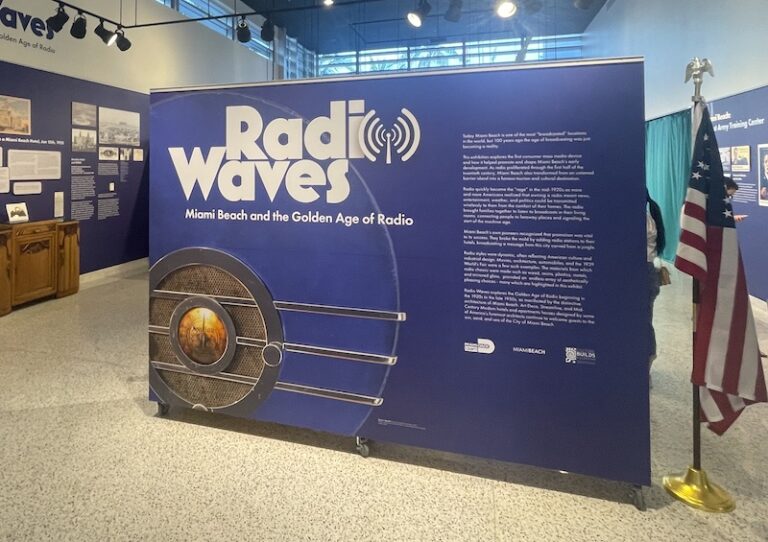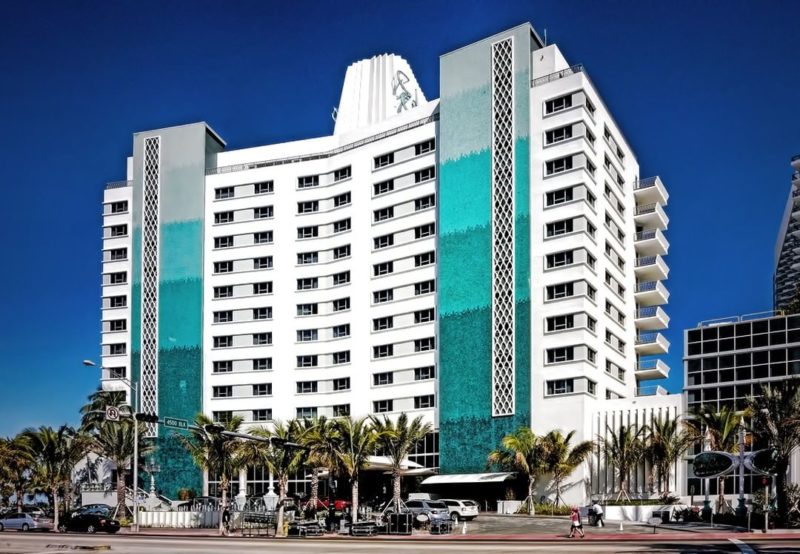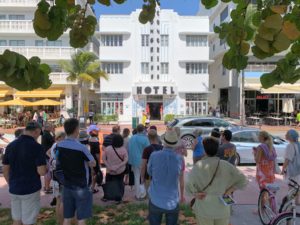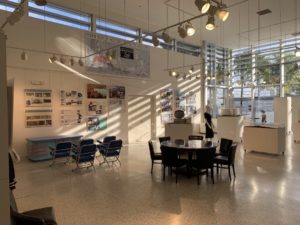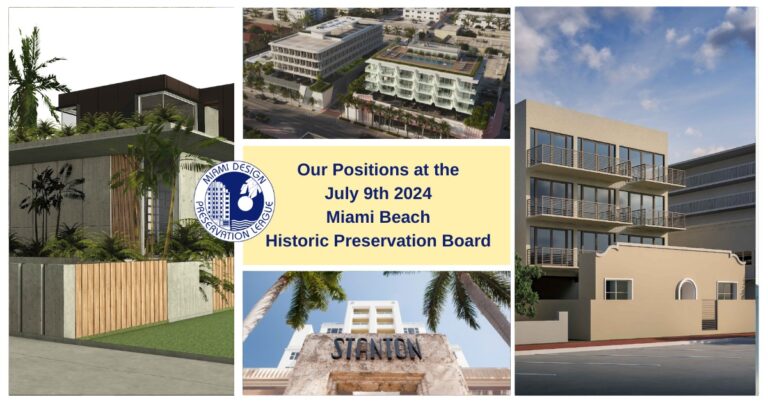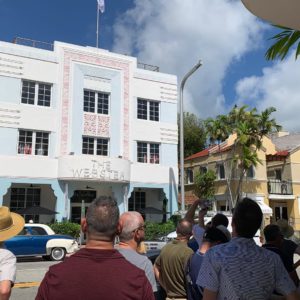
Editor’s Note: Steven Avdakov is a registered architect in Florida and four other states, and he has over thirty years of professional architectural and historic preservation experience. In 1998, he founded Heritage Architectural Associates, an award-winning full-service architectural firm that works exclusively within the realm of historic preservation. Mr. Avdakov earned a Master of Science Degree in Historic Preservation from Columbia University (‘94) and a Bachelor of Architecture degree from the University of Miami (’89), and his experience meets the U.S. Department of the Interior’s Professional Qualifications Standards for Architecture, Historic Architecture and Architectural History.
The opinions expressed in this commentary are his own.
A zoning amendment is currently being considered by the Miami Beach City Commission that will increase the allowable height from 203’ to 250’ on a site at 3425 Collins Avenue that includes the historic Versailles Hotel (1940). This amendment only applies to a small area that was designated by the City as the Faena District Overlay in 2014. The Faena District is located within the locally-designated Collins Waterfront Historic District and the National Register-listed Collins Waterfront Architectural District. The amendment is very specific – it is limited to an oceanfront lot of at least 70,000 square feet that contains a contributing historic building.
The Versailles Hotel was designed by Roy F. France (1888-1972), one of the most prominent architects in Miami Beach. He designed dozens of prominent hotels in the Art Deco, Streamline and Modern styles that were adapted to the local sub-tropical environment. The greatest concentration of France’s buildings anywhere is located within the Collins Waterfront Historic District. He is credited with virtually creating the mid-Miami Beach skyline, and most of his hotels are still standing.
The scale of a 250’ tower on this site will dwarf the historic Versailles, which is 151’ at the top of the main volume of the building. The scale and placement of the tower will also adversely affect the character of the surrounding historic district, casting shadows on buildings that were designed in response to light.
According to the City’s own staff report prepared by the Planning Department: “The proposed height increase from 200 to 250 feet may be out of scale with the surrounding historic neighborhood and ocean front properties, as the maximum height of existing buildings along the ocean front corridor does not exceed 200 feet for several blocks to the north and south of the Faena District. The closest property with a building over 200 feet is located at 42nd street to the north and approximately 27th street to the south”
Historic preservation has served as a powerful catalyst for the revitalization of Miami Beach. The hard fought historic designation of the Miami Beach Architectural (Art Deco) District led the way for the subsequent economic resurgence in Miami Beach. Hundreds of buildings including hotels, apartment buildings, and commercial structures have been restored since the revitalization of historic Miami Beach began in earnest in the 1980’s.
However, the historic preservation gains made over the past decades are now at risk due to the economic pressures of real estate development. Developers are now utilizing the tactic of seeking height increases on specific sites with designated historic buildings in order to construct new towers as an argument to “pay for the preservation” This is an urgent issue that threatens to overwhelm the scale and historic architectural character of Miami Beach.
Last year, a height limit increase to 200’ was granted by the City Commission to the developer of the Raleigh Hotel (1940) and two neighboring hotels, the Richmond (1941) and South Seas (1941), which are located about a mile south of the Versailles. All three of these hotels are contributing buildings in both local and National Register historic districts and were designed by famed Florida architect L. Murray Dixon. The developer proposed to demolish over 80% of the Richmond and South Seas, leaving 3-story front facades, and erect an 18-story tower behind these two buildings. The developer argued that he needs to construct a 200’ condo tower in order to “get the preservation right” for the Raleigh. Last month, after much discussion, the Historic Preservation Board (HPB) approved a Certificate of Appropriateness for this project, but limited the height of the proposed new tower to 175’.
This same tactic is being attempted once again at the site of the Versailles in the Faena District Overlay. A developer is promising to restore the historic Versailles, which has been vacant for several years, but intends to construct a 250’ tower only a few feet away. A building of that size will dwarf the Versailles and the adjacent neighborhood. While ignoring the utilization of Historic Tax Credits for a financial incentive for which these contributing buildings are eligible, developers argue that they must build these proposed oversized towers to finance preservation. Historic buildings are being used as pawns – the restoration of a historic building in exchange for an out-of-scale tower that will irreparably adversely impact the historic character of the Versailles and the surrounding neighborhood.
This tactic of constructing new towers on sites with contributing structures in historic districts will not preserve the historic architectural character of Miami Beach – it will irreversibly damage it. If this zoning amendment passes, it will once again be up to the HPB – which has come under intense political pressure to approve these projects – to try to mitigate the situation. If this zoning amendment is approved, it will pave the way for the next one, and the next one, until the historic skyline of Miami Beach is unrecognizable.
The City Commission approved the First Reading of the zoning amendment but at that hearing requested an advisory opinion from the HPB. The HPB will have an advisory discussion on the matter at its October 13 meeting and render an opinion to the City Commission, which will vote on this issue during Second Reading at the City Commission meeting on October 14. If the City Commission approves this amendment at this meeting, it will be enacted.
We are strongly opposing this zoning amendment because, if approved, it will allow the construction of an oversized, out of scale tower and will lead to another blight upon the historic skyline of Miami Beach. We are advocating for a strong rejection from the Miami Beach Historic Preservation Board. If this happens, it is our hope that enough members of the City Commission will vote against this amendment so that it is rejected.
Your support in opposition to this amendment would be greatly appreciated!

